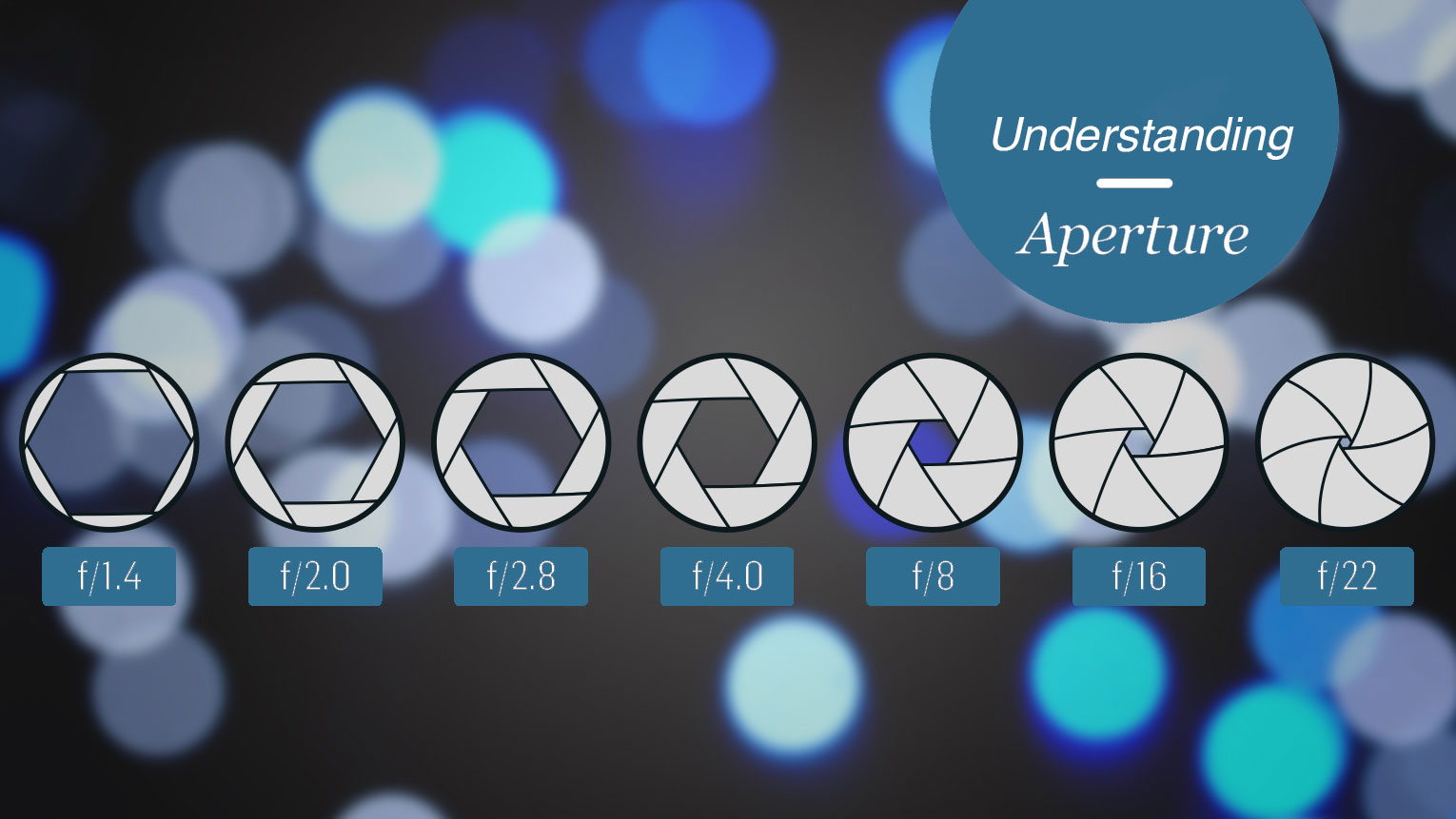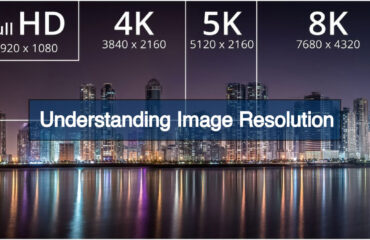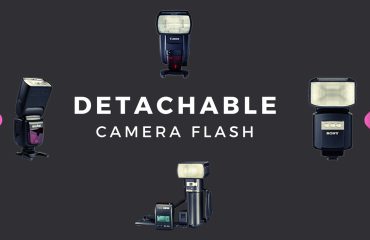The aperture, shutter speed, and ISO are three main elements of the camera for adjusting the exposure. Among these three elements, the aperture is the most important one in photography. Mastering the aperture in the camera, you can have ultimate control in all-rounder photography. In this article, we will tell you what is aperture in a camera & how to master it. To have real control over your camera, read the guidelines about another important element, ISO.
What Does Aperture Do?
To understand ‘what is aperture in a camera,’ we can compare it with a light door. Even it works as a light door to the camera lens. Another way to say the aperture is the opening of a lens’s diaphragm for passing the light. A hole opens up in your camera when you hit the shutter release button. The camera sensor then catches a glimpse of the scene with that hole. So, the functionality of aperture in camera is to control the amount of light by minimizing and maximizing the hole.
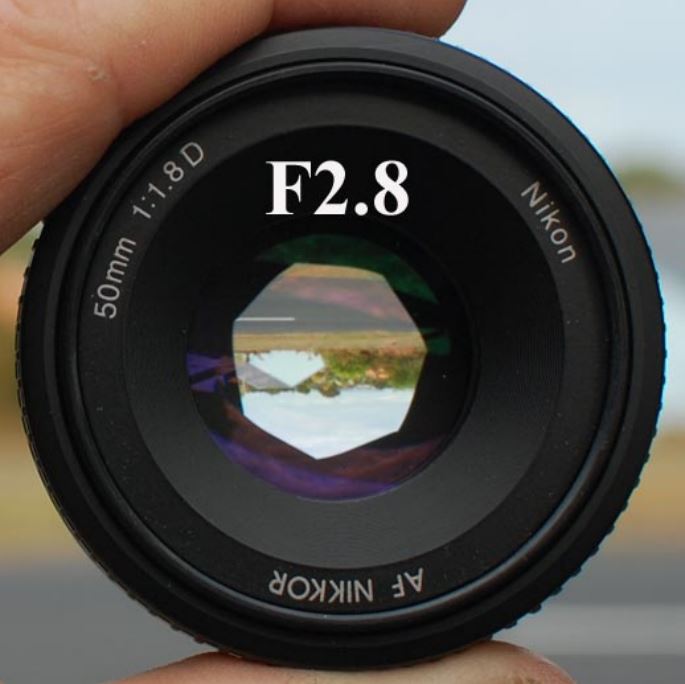
How to Measure Aperture in Camera?
Photographers calibrate it in f/stops and use this as a number such as 1.4, 2.8…5.6, 7,8, 11, 16, etc. Lower f/stops give more exposure. Because the lower the f/stops, the larger the apertures. And higher f/stops give smaller f/stops as they represent smaller apertures. If you capture a photo with f/1.4, you will get more exposure than using f/2.8. As the hole becomes larger at f/1.4, the more light enters the camera. The beginner photographers may find it a little contradictory at first. But it will be more clear with taking pictures at varying f/stops.

What are f/stops?
We have to learn f/stops first to understand what is aperture in a camera. With the f/stops or F-number, we can express the aperture. In the viewfinder of your camera, the aperture will look like f/8, f/11, etc. Some modern camera doesn’t include the slash between the number and f. There it appears as f8, f2, etc.
f/stops are inverse or fraction. Such as in a photo, the f/stop of f/11 is smaller than f/stop of f/8. It is the reason why an aperture of f/11 is smaller than f/8.
How Aperture Affects Exposure?
In this ‘what is aperture in a camera’ guide, now we will see how it affects the exposure.
Aperture affects exposure in many ways. When the size of the aperture changes, it changes the overall amount of light that reaching the sensor. Thus, the brightness of the photographs also changes according to the size of the aperture.
A larger aperture will pass much light, resulting in a bright photo. And the opposite will happen when using a smaller aperture. The below image will help you understand to see how aperture affects the exposure.
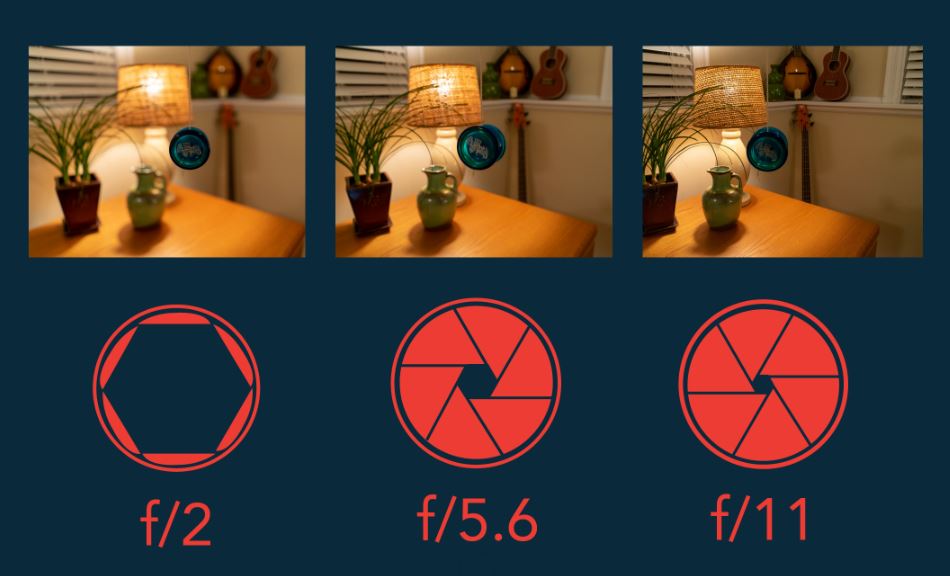
Note: It would be better to use a large aperture in night photography or a dark environment. A large aperture helps to capture as much light as possible at night.
The camera aperture works exactly as the pupils of the human eyes. That is the reason why our pupils start dilating at night.
Aperture & Depth of Field
Another crucial effect of the aperture is the depth of field. Depth of field (DoF) is the area in a photo that appears sharp in focus from front to back. You can read our latest article about the depth of the field for a better understanding. Here you will find more examples to understand what is aperture in a camera.
Let’s see some examples of how aperture affects depth of field in an image. The examples will also help you to understand what is aperture in a camera.
Example 1

A large aperture makes a small or shallow depth of field where the background is totally out of focus. In the above image, the girl’s face is in focus and appear sharp. At the same time, the background is completely blurred. It happens because of the aperture. Using a large aperture, it created a shallow focus effect on the girl’s face.
Example 2
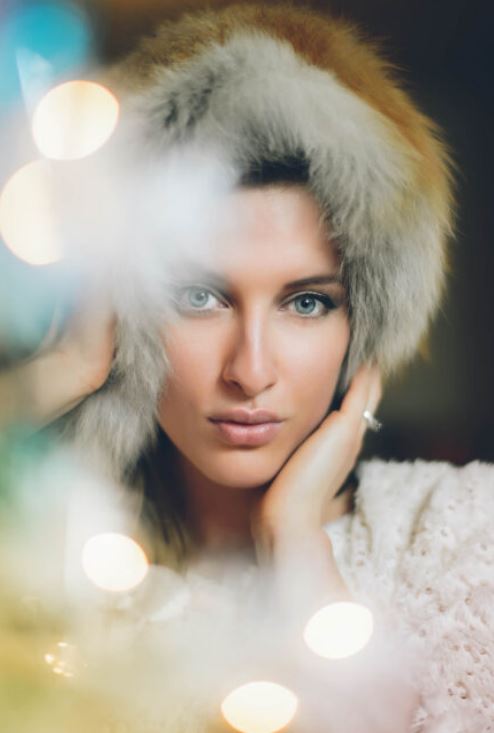
The above photo was taken with a large aperture of f/1.4, which is larger than the previous one. The ultimate result for using such a larger aperture is both foreground and background becomes a blur. Usually, this effect applies to create amazing portraits. You can often frame your subject with foreground objects in this way. It will also look blurred as the above image.
Example of Large and Small Aperture
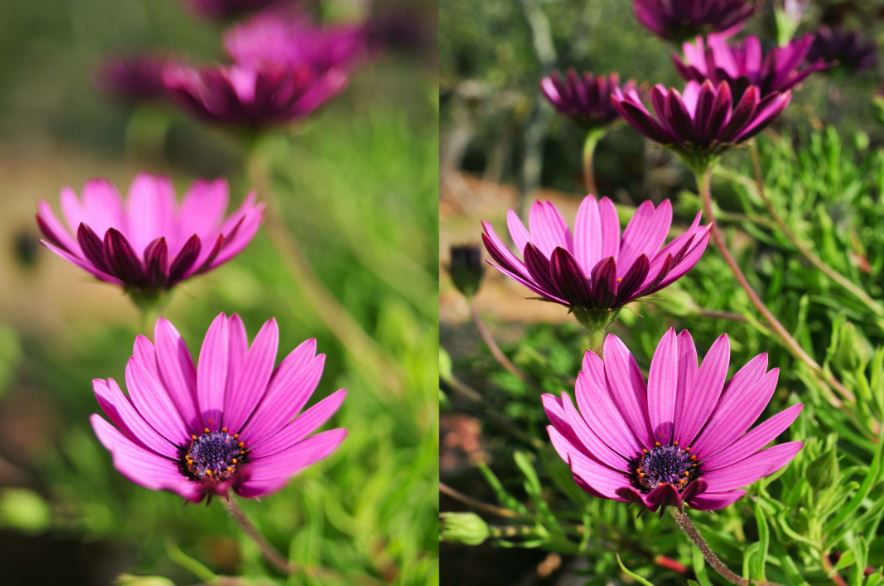
In the above image, the photo on the right was taken at an aperture of f/22 and the next one at f/2.8. You can see the difference clearly between the photos. The photo at f/22 has two flowers in focus. But in the left photo, only one flower in focus. The depth of the field is shallower in this photo, and the background is completely out of focus.
If you do not experiment with your camera, it will be tough to understand this topic. Start shooting with a different subject for practicing it. Now you know ‘what is aperture in a camera,’ let’s see some photography styles where you can use it.
Which Style of Photography Need Small Aperture?
Professional photographers usually use small aperture settings in landscape photography. They need to focus from the foreground to the horizon in this style of photography.
Besides, in portrait photography, it can be much useful technique. You can have your subject perfectly in focus with nice blurry background with this.
Another field to use large apertures is macro photography. Macro photographers use it to focus the subject to attract the attention of the viewer.
If you have learned something new from ‘what is aperture in a camera’ guide, try our other photography tips. You can cover photography basics by reading wedding photography, long exposure photography, Portrait Lighting, etc.
Have you enjoyed this ‘what is aperture in a camera’ guide? Let us know if you want to know more new information about it.
Conclusion
Aperture is the essential settings for adjusting the exposure in the camera. Different aperture sizes also can give you different types of depth of field. If it is smaller, you will get darker photos, a large depth of field, high diffraction, and more. As a photographer, you should give it the most priority. And it is not a good idea to give the camera access for selecting aperture for us. More practice is the better way to understand ‘what is aperture in a camera’.
Yes, a large aperture affects the bokeh. The bokeh is the blurry background area that is out of focus. The blurry area of the bokeh will be clear if you use a larger aperture.
ISO controls the amount of light in the camera to produce a correct exposure. But the aperture is a diaphragm that works as a light door to the lens.

